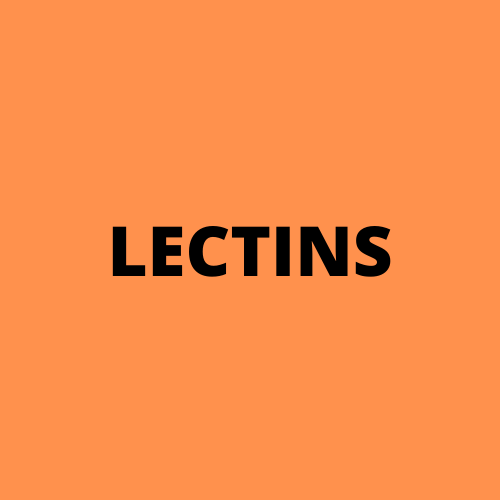
GOOSEBERRY ALLERGY
Key Allergens
Gooseberries are in the Grossulariaceae family of plants. This group of foods also include redcurrants and various uncommon currants.
Gooseberry is different from Chinese Gooseberry, which is another name for kiwi.
Indian Gooseberry is again in a different family of plants, the Phyllanthaceae family.
There is a study showing redcurrants containing Lipid Transfer Proteins, so it is likely that gooseberries and blackcurrants also contain these proteins as they are so closely related.
Gooseberry is different from Chinese Gooseberry, which is another name for kiwi.
Indian Gooseberry is again in a different family of plants, the Phyllanthaceae family.
There is a study showing redcurrants containing Lipid Transfer Proteins, so it is likely that gooseberries and blackcurrants also contain these proteins as they are so closely related.
Food Intolerances



Gooseberries are a low FODMAP food. FODMAP stands for Fermentable oligosaccharides, disaccharides, monosaccharides and polyols. Foods high in FODMAPs can cause symptoms of food intolerance, affecting the gastro intestinal system and this can be mistaken for a true IgE food allergy.
Gooseberries are one of the few fruits to contain a moderate amount of lectins, another cause of food intolerance. Cooking foods with lectins makes them more digestible and can reduce the symptoms of food intolerance.
Gooseberries are a food high in salicylates, so has the potential to cause gastrointestinal food intolerance symptoms in people who are sensitive to salicylates.
You can read more about Food Intolerances on the dedicated Food Intolerance Page.
Associated Syndromes
As they may contain Lipid Transfer Proteins, blackcurrants may be linked to LTP Syndrome, which is where you suffer from allergic reactions to most foods which contain LTP Proteins.
Cross Reactivity
There is a possibility of cross reactivity with other currants in the Grossulariaceae family of plants.
Other foods which contain LTPs include almond, apple, blueberry, brocolli, cabbage, goji berry, kiwi, lemon, lettuce, orange, pea, peach, peanut, plums, raspberries, walnuts and wheat.
Please note that this food list is not exhaustive, please visit the Cross Reactivity tool page for the most up to date information about food allergens.
Other foods which contain LTPs include almond, apple, blueberry, brocolli, cabbage, goji berry, kiwi, lemon, lettuce, orange, pea, peach, peanut, plums, raspberries, walnuts and wheat.
Please note that this food list is not exhaustive, please visit the Cross Reactivity tool page for the most up to date information about food allergens.
Resources
Websites
Wild Food UK - Wild Gooseberry
Articles and Journals
Bioactive Phytochemicals from Berries Seed Oil Processing By-products, 2023
Geographic Variability of Berry Phytochemicals with Antioxidant and Antimicrobial Properties, 2022
Analysis and Sensory Evaluation of Gooseberry (Ribes uva crispa L.) Volatiles, 2013
Let me know if you found any of these interesting or useful.
If you spot an article or research that you think is interesting you can message me or tag me on Facebook, Instagram or Twitter - links at the bottom of the page.